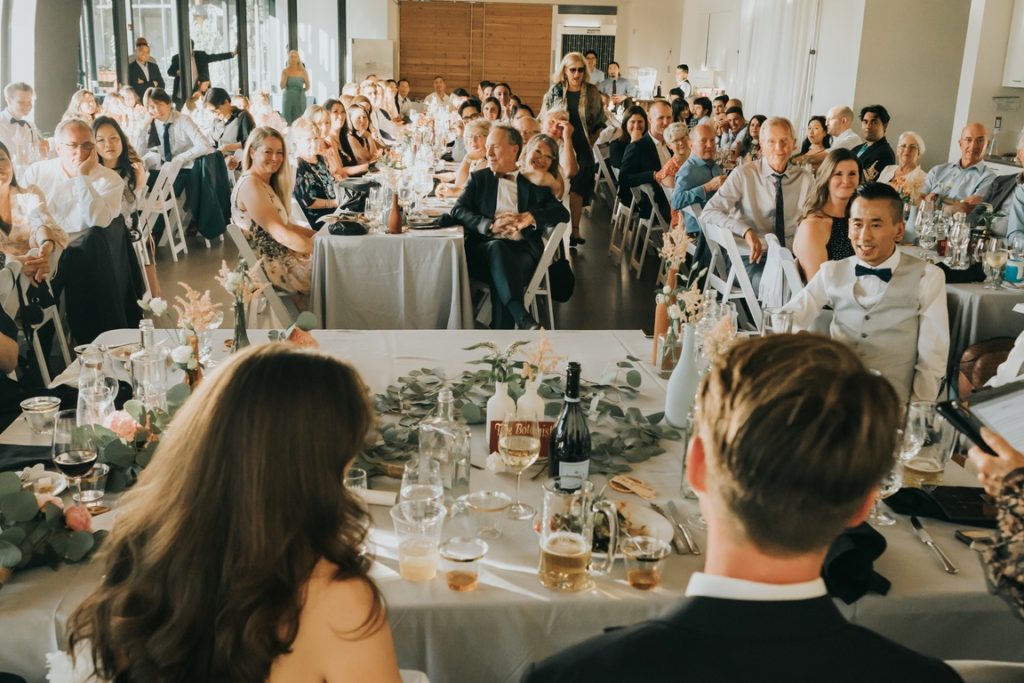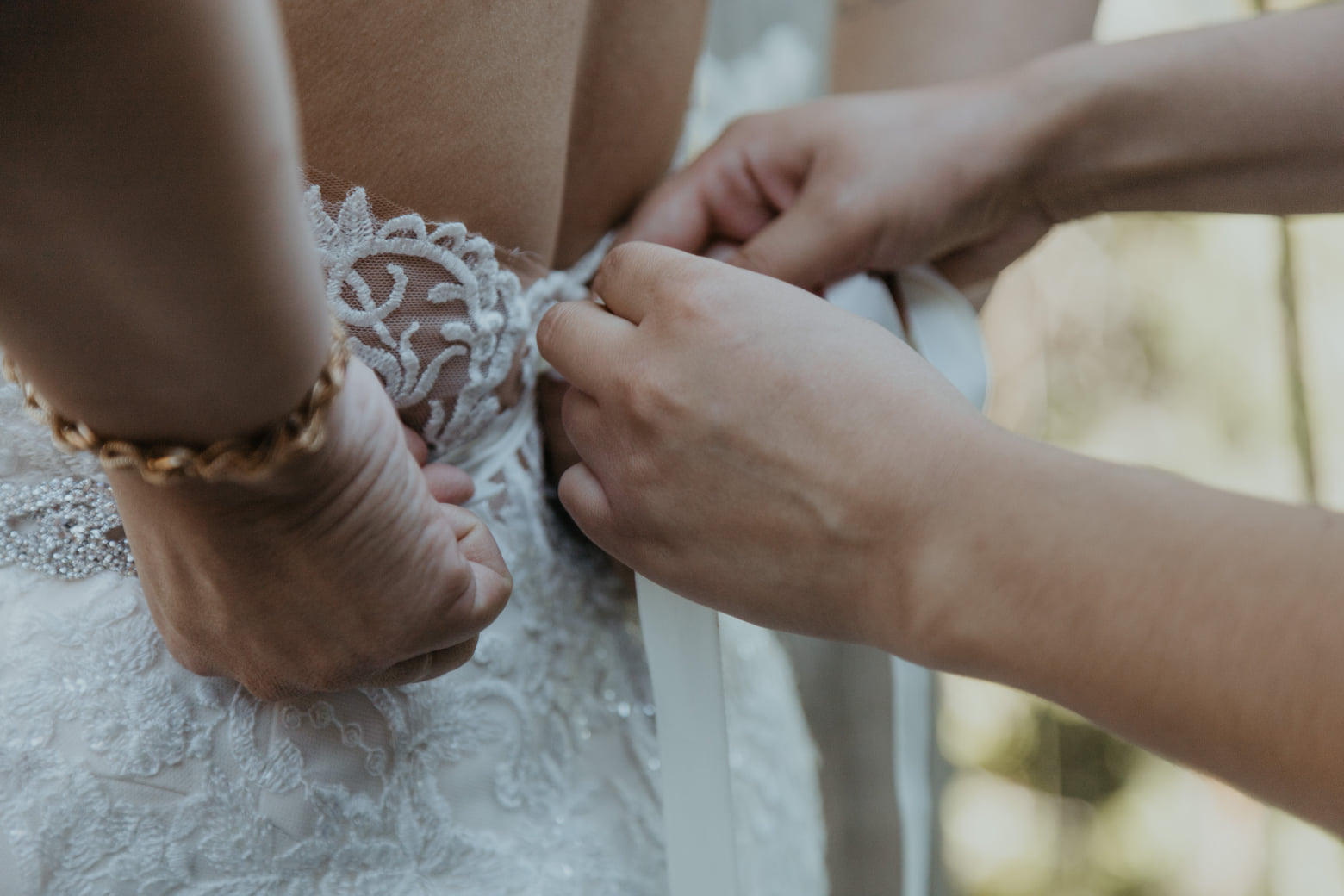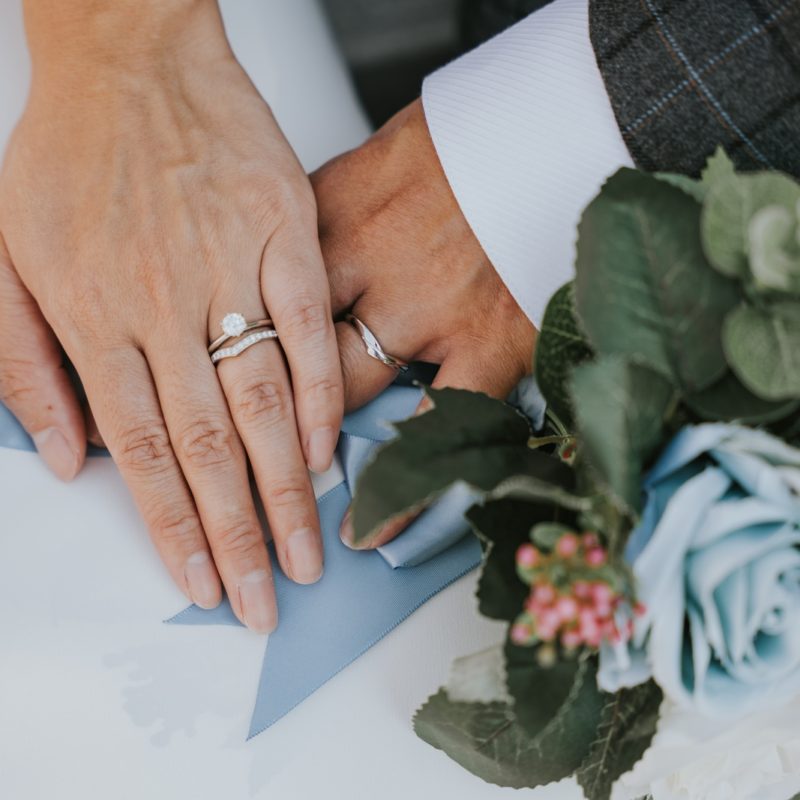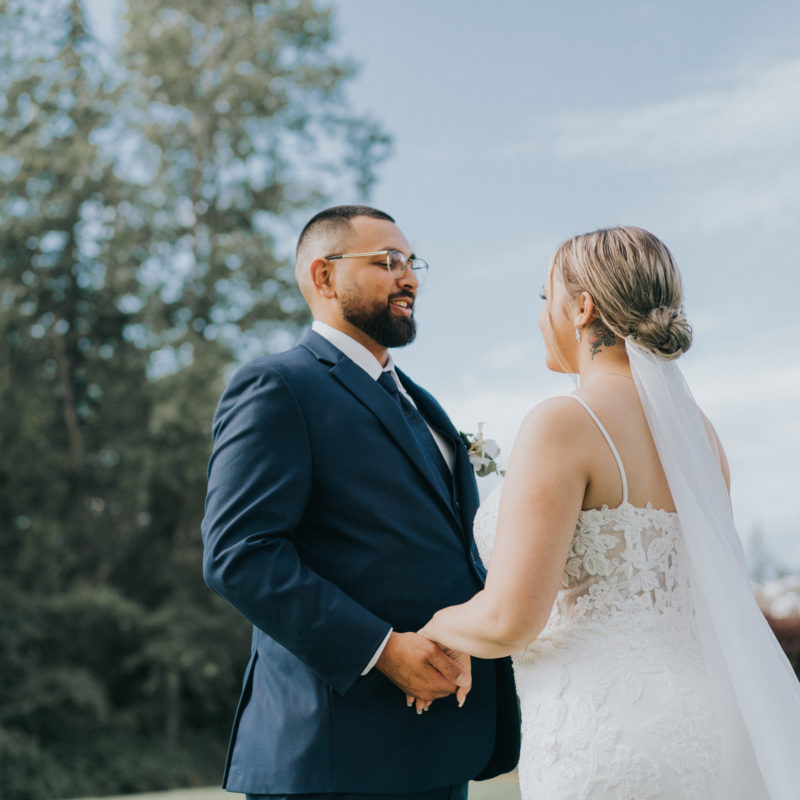Even though creating a wedding seating chart for a wedding might be challenging, waiting until the last minute will only make it much more difficult. With the help of 48 Studio‘s 10 simple steps and tips, you'll create the ideal seating arrangement
How To Make A Wedding Seating Chart?
Creating a seating arrangement may be intimidating for most couples. Don't freak out if you have to make a seating chart for a wedding! You've taken the first step toward a perfect wedding reception by following our guidance. The procedure has been divided into manageable stages. Additionally, there are instructions for making a digital seating plan, which will simplify and improve the process overall.
- Decide Your Guest List
- Get Your Layout
- Determine Table Size And Shape
- Seat The Two Of You First
- Prioritize Your Family
- Enlist Your Parents' Help to Seat Their Friends
- Seat You Wedding Party
- Bring Children Together
- Creating Physical Wedding Seating Chart
- Connect Everyone
Step 1: Decide The Guest List
The wedding guest list relies on a variety of circumstances, including cultural traditions, the state of your relationships with your relatives, and other family connections. Typically, there are about 80 guests on a wedding guest list in the Vancouver wedding.
- Set a realistic limit: consider the area of the venue and keep in mind that you have to prepare the entire wedding party.
- Narrow down you top guests: it's wise to cross someone off the list if their personality won't fit with the rest of your groups: the A-list, the non-negotiables, the must-haves (any name that you prefer).
- Keep the family close: if you're going really intimate keep to parents, siblings, grandparents and a handful of close friends.
- Stick to your ground: remember, it is your day and there is no rule to say you have to invite anyone you don't want to.
Step 2: Get Your Layout
To have a better vision of the layout of the wedding venue, get in touch with the vendor. The venue will also provide you with ideas for the most popular wedding layout that complement and maximize the space. Once you have the layout, you should calculate the space you put into each area. How spacious do you want for the dance floor, the band, DJ, reception, buffet and other vendors? Please take note all of that.
Step 3: Determine & Calculate Table Size And Shape
In general, the size and shape of the table will determine how many people shall be placed at each one. There are normally four conventional possibilities for reception arrangement and table shapes: round, rectangular, oval, and square. There are different benefits for each option:
- Rectangular tables: They're also good to use if you're short on space, and connecting many rectangular tables to make just a few super-long ones can look very regal.
- Round tables: This is the usual option, so if you want your wedding to appear timeless, you need to go with it. Guests may easily converse across tables as well as with those seated right next to them as long as the centrepieces cooperate. These feel conventional but not quite as round as you may imagine.
- Oval tables: Although visitors on opposite ends of the table won't have much opportunity to interact, they may still easily talk to the folks sitting directly next to and across from them.
- Square tables: Your most modern choice is this, and aerial photos of spaces with square tables usually seem so amazing. It offers the very best of the world.
Step 4: Seat The Two Of You First
Choose where you want to sit first in the venue before arranging others. For newlyweds, a sweetheart table is a popular choice. you and your partner will sit facing the guests at a rectangular table that is usually in the center of the room . However, you can choose to sit with friends and family to celebrate your big day.
The newlyweds might also choose to sit at a head table with members of the bridal party and immediate relatives. You can select to sit alongside the best woman and maid of honor/groomsmen.
Step 5: Prioritize Your Family
Where on the seating plan should you place your parents? Typically, the grandparents, siblings, and both sets of parents would sit next to one other. Along with family members from their side of the family, you can also sit your parents. If your table for close family becomes too crowded, it could be simpler to divide the group into smaller groups rather than trying to fit everyone at one table.
Note this down, you'll thank us later, your grandparents may also favor a seat a little further away from the dance floor or speakers that are playing loud music. While the younger guests will be less likely to mind and probably spend more time out on the dancefloor or mingling. You'll avoid making anyone uncomfortable by seating them appropriately.
Step 6: Enlist Your Parents' Help to Seat Their Friends
Ask your mother and future mother-in-law (or whoever is closest to them) to assist set those tables if you have no clue where to seat your parents' close acquaintances; they will be pleased to help. Generally speaking, involving your parents in the seating chart process is beneficial. For instance, if there is space at the family table or tables, they will undoubtedly have preferences on which close friends or other members of the extended family they would want to sit with them.
Step 7: Seat The Wedding Party
When grouping up guests, keep their interests in mind. Do they know each other from school? Work? yoga lesson? People will have topics for discussion if they are seated among others who share their interests. If you're going to invite college friends, seat them together so you can catch up. If you take the time to match your guests' interests, it will pay off and foster a welcoming environment.
Step 8: Bring Children Together
Seating them together at a separate children's table, where you may even have entertaining games and/or crafts to keep them engaged, is one tactic you can use if you have a lot of little guests at your wedding. Additionally, while it may be tempting to place the infants in a corner, avoid moving the children's table too far away from where the parents are seated. When younger kids glance around and don't see their parents anywhere (and vice versa), they could become nervous.
Step 9: Create Physical Wedding Seating Chart
You may use one or more poster boards to create a physical seating chart that you can experiment with until you find the appropriate balance. Draw the tables on the poster board once you've decided what kind of tables you want and where to put them based on the size of the facility. By writing down each guest's name, you can keep things organized and avoid having to redo a lot of the seating arrangements.
As a bonus plus, some websites provide drag ‘n' drop seating choices, which make it quite easy to arrange (and alter) to your options. Additionally, you can customize the templates and experiment with other table layouts.
Step 10: Connect Everyone
Although event preparation can be difficult, working with vendors will be essential to accomplishing your goals. As you decide on the seating plan, it's crucial to keep everyone informed, so make sure to give your wedding seating chart to the suppliers handling the cuisine, music, venue, and photos. Share it with your vendors when you've physically mapped everything out. Take a picture of or scan a physical sketch if you have one. If you're using an app or website, you may quickly invite others to view it or share the link with them.

